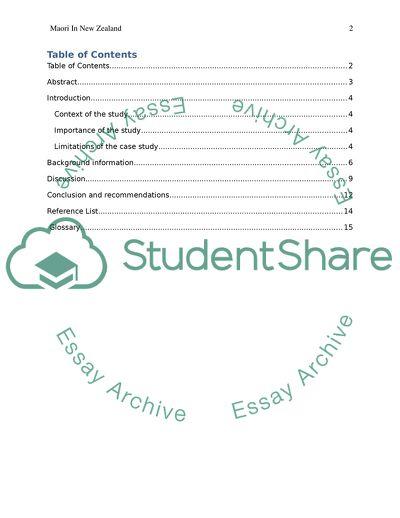Cite this document
(Importance of Communication to Environmental Sustainability, Customary Case Study, n.d.)
Importance of Communication to Environmental Sustainability, Customary Case Study. https://studentshare.org/law/1785421-maori-in-new-zealand
Importance of Communication to Environmental Sustainability, Customary Case Study. https://studentshare.org/law/1785421-maori-in-new-zealand
(Importance of Communication to Environmental Sustainability, Customary Case Study)
Importance of Communication to Environmental Sustainability, Customary Case Study. https://studentshare.org/law/1785421-maori-in-new-zealand.
Importance of Communication to Environmental Sustainability, Customary Case Study. https://studentshare.org/law/1785421-maori-in-new-zealand.
“Importance of Communication to Environmental Sustainability, Customary Case Study”. https://studentshare.org/law/1785421-maori-in-new-zealand.


